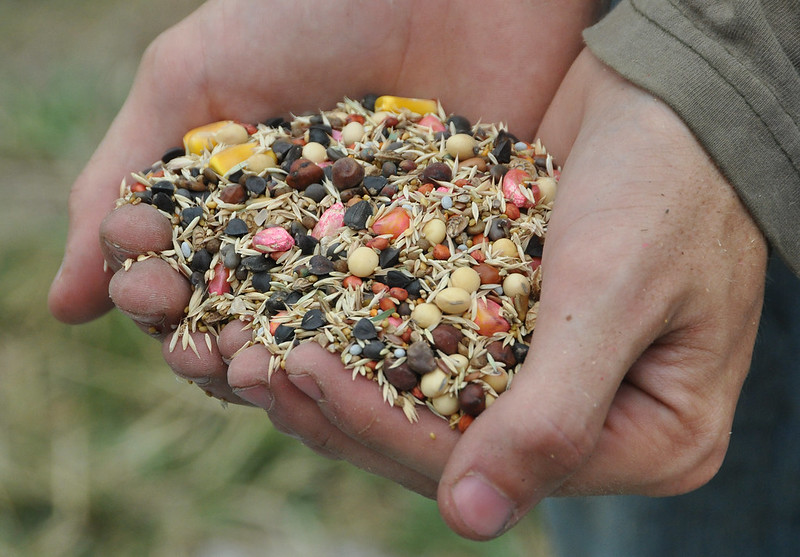
Image: USDA NRCS
A partnership that includes the American Seed Trade Association (ASTA), a member of the U.S. Sustainability Alliance, has released its first annual report, providing farmers with essential insights into cover crop varieties.
The inaugural report from the National Cover Crop Variety Testing Program is the result of a $10 million initiative funded by the U.S. Department of Agriculture’s National Institute of Food and Agriculture (USDA NIFA) to expand the use of cover crops to support soil and climate resiliency on U.S. working lands. The project is led by the University of Missouri’s Center for Regenerative Agriculture, in partnership with the American Seed Trade Association and more than a dozen other organizations, including seed companies, land-grant universities and USDA’s Agricultural Research Service and Natural Resources Conservation Service.
According to Andy LaVigne, President and CEO of the American Seed Trade Association, “This project has been a great example of a public-private partnership effort that will pay economic and conservation dividends for farmers across the country, providing valuable information that enhances their conservation efforts.”
The goal of the National Cover Crop Variety Testing Program is to evaluate the performance of both new and existing cover crop varieties across various locations in the country. This first-year report includes data from 11 states, covering 25 different varieties representing six different cover crop species during the 2024-2025 cover crop growing season. It provides crucial information on factors such as cover crop biomass, winter survival, flowering dates, weed control and the occurrence of plant diseases, where applicable. Additionally, weather data for each test location is included.
Project leader Dr. Rob Myers of the University of Missouri said, “We’re excited to share this new data on cover crop variety performance, and in future years will continue to expand the number of varieties tested in support of further cover crop adoption.”
In addition to testing cover crop varieties, the project will aim to develop new cover crop varieties with superior traits and assess their root growth and forage quality. The objective is to encourage the adoption of these improved varieties and help more farmers become cover crop seed producers.


